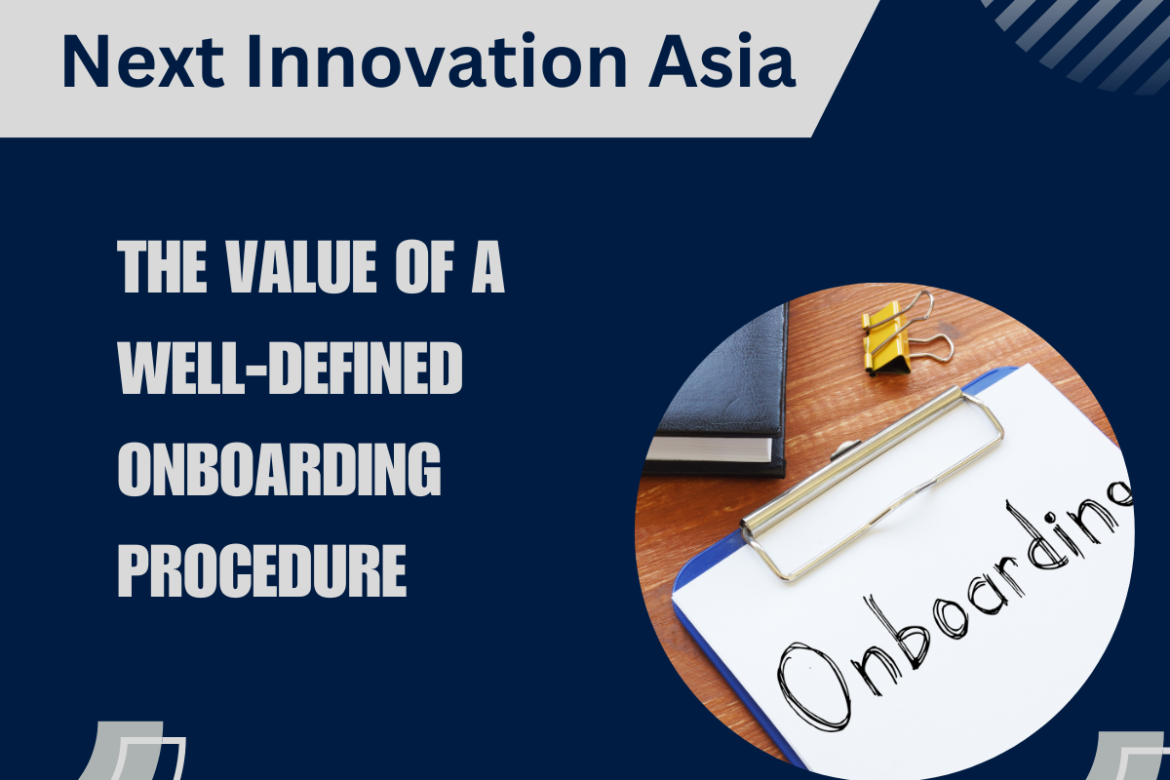Introduction: The onboarding process plays a crucial role in setting the stage for a new employee’s success and integration into an organization. A structured onboarding process goes beyond the traditional orientation and paperwork, providing a comprehensive and personalized experience that sets the foundation for long-term engagement and productivity. In this blog post, we will explore the importance of having a structured onboarding process and the benefits it brings to both employees and organizations.
- Smooth Transition and Faster Productivity: A well-structured onboarding process ensures a smooth transition for new employees, helping them acclimate to their roles and responsibilities quickly. By providing them with the necessary information, tools, and resources from the start, organizations can expedite the learning curve and enable new hires to become productive contributors faster.
- Improved Employee Engagement and Retention: Studies have shown that a positive onboarding experience significantly impacts employee engagement and retention. When new employees feel welcomed, supported, and connected to the organization’s mission and values, they are more likely to be engaged and committed to their work. A structured onboarding process helps create this positive experience, fostering a sense of belonging and loyalty among new hires.
- Alignment with Organizational Culture and Values: A structured onboarding process allows organizations to introduce their culture, values, and expectations to new employees. By clearly communicating the organization’s mission, vision, and core values, new hires can align their behaviors and actions accordingly. This alignment helps create a cohesive and unified workforce, reinforcing the company’s culture and driving collective success.
- Reduction in Turnover and Cost Savings: Effective onboarding programs have been linked to lower turnover rates. When new employees are properly onboarded, they are more likely to stay with the organization for the long term. This reduction in turnover not only saves recruitment and training costs but also contributes to overall organizational stability and continuity.
- Enhanced Employee Satisfaction and Morale: A structured onboarding process demonstrates an organization’s commitment to its employees’ success and well-being. By providing the necessary support, training, and resources, organizations can boost new hires’ confidence and job satisfaction. When employees feel supported and valued from the beginning, it positively impacts their morale, motivation, and overall job performance.
- Compliance and Risk Mitigation: A structured onboarding process ensures that new employees receive the required compliance and legal information. From completing necessary paperwork to understanding company policies and regulations, an organized onboarding process minimizes compliance risks and ensures that all employees start their roles with a clear understanding of expectations and guidelines.
Conclusion: Implementing a structured onboarding process is essential for organizations aiming to create a positive employee experience, drive engagement, and foster long-term success. By investing time and resources into onboarding, organizations can set new hires up for success, enhance employee satisfaction, and contribute to overall organizational performance. A well-executed onboarding process is a win-win situation for both employees and organizations, laying the foundation for a fruitful and mutually beneficial relationship.

